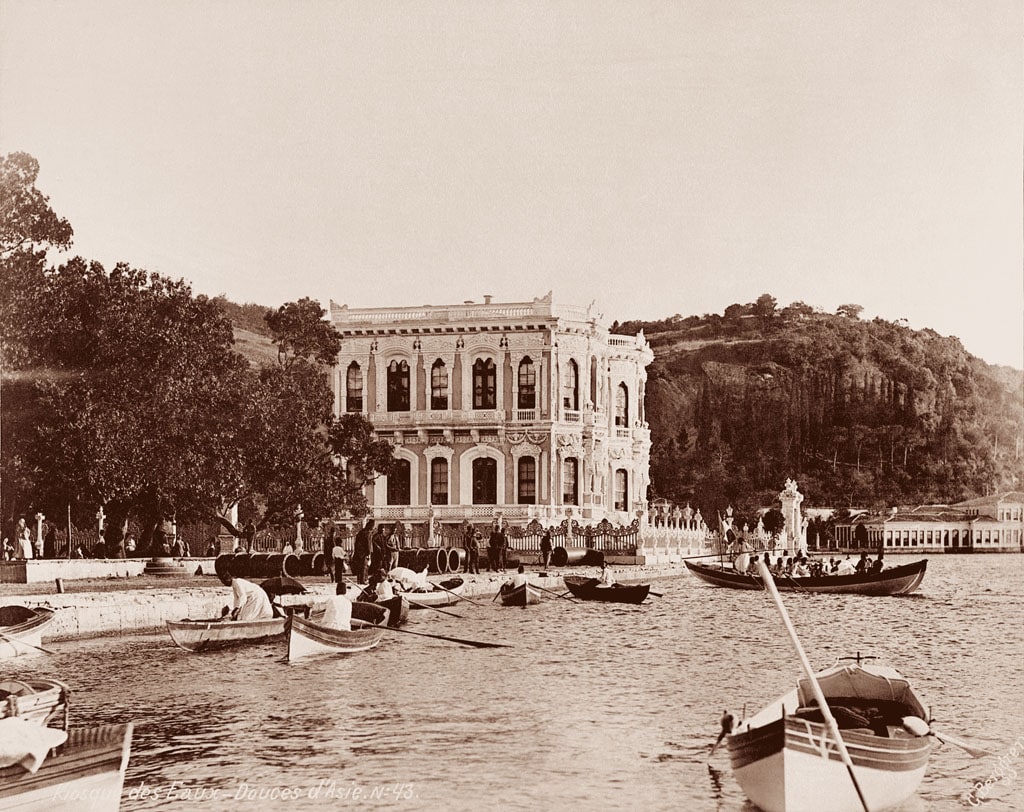The Suna and İnan Kıraç Foundation's Orientalist Painting Collection is one of the most elaborate collections in Turkey. This grand collection brings together important works by European artists inspired by the Ottoman world, Turkey’s regional geography, as well as works of Ottoman artists and how they influenced one another from the 17th century to the early 19th.
The Collection presents a vast visual panorama of the last two centuries of the Ottoman Empire, also includes works by Osman Hamdi and his most famous painting “The Tortoise Trainer”. As the Collection is focused particularly on the Ottoman Orientalist art, it sustains an exceptional stance. Pera Museum organizes long-term thematic exhibitions of this Collection at the Sevgi and Erdoğan Gönül Gallery.

Berggren acquires the techniques of photography in Berlin and holds different jobs in various European cities before arriving in İstanbul. Initially en route to Marseille, he disembarks from his ship in 1866 and settles in İstanbul, where he is to spend the rest of his life.

Coffee was served with much splendor at the harems of the Ottoman palace and mansions. First, sweets (usually jam) was served on silverware, followed by coffee serving. The coffee jug would be placed in a sitil (brazier), which had three chains on its sides for carrying, had cinders in the middle, and was made of tombac, silver or brass. The sitil had a satin or silk cover embroidered with silver thread, tinsel, sequin or even pearls and diamonds.
Tuesday - Saturday 10:00 - 19:00
Friday 10:00 - 22:00
Sunday 12:00 - 18:00
The museum is closed on Mondays.
On Wednesdays, the students can
visit the museum free of admission.
Full ticket: 300 TL
Discounted: 150 TL
Groups: 200 TL (minimum 10 people)